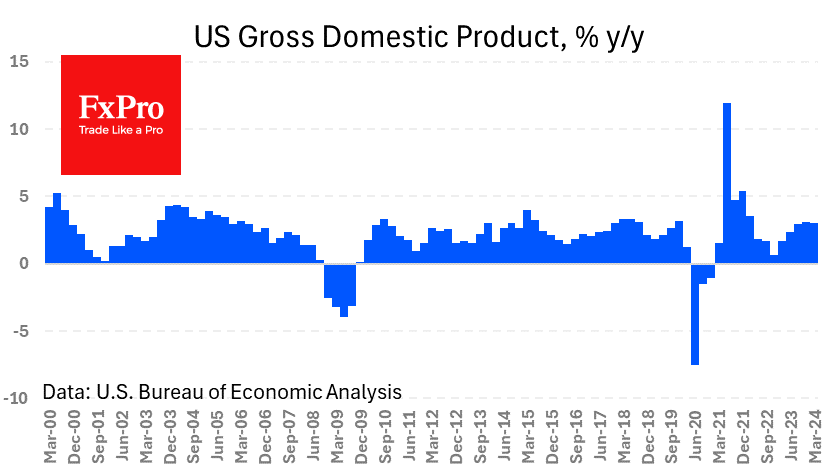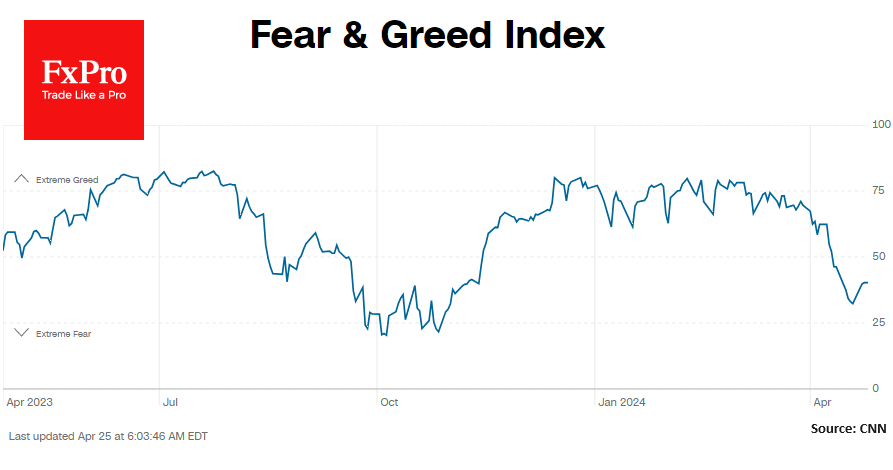Bitcoin Halving and Ethereum 2.0 Bring Big Changes for Crypto Miners
August 10, 2020 @ 19:33 +03:00
Although over two months have passed since the halving happened on the Bitcoin network, the crypto mining industry is still heaving from the frantic pace of events that have followed suit. The rollercoaster of hash rates has left Bitcoin (BTC) and Ether (ETH) prices soaring while provoking mixed feelings among crypto miners.
The COVID-19 pandemic has left its mark on the industry as well, forcing dozens of pools to either switch off or shift their focus from Bitcoin, with its increasing mining difficulty, to less complicated altcoins that are trailing the Big Daddy of crypto.
The impending launch of Ethereum 2.0 is giving food for thought for all miners in their strive to maintain profitability in light of the challenges facing the mining hardware market. After the Bitcoin halving and the onset of the coronavirus pandemic, private miners were left reeling, but large manufacturers were also affected. Will the upcoming Ethereum upgrade aggravate the situation for mining device producers, or is it just another milestone that will be easy to adapt to?
The Bitcoin halving resulted in a serious cleansing in the mining market, with small miners losing all sense of remaining, but the near extinction of private farms was not followed by a significant reduction in major pools.
The Chinese factor in the statistical field cannot be ignored — Chinese pools make up to 65% of all of Bitcoin’s hash rate. The pandemic has had its impact on the local mining industry, forcing more than 40 production facilities to stop deliveries. The delays have had a major effect on all miners, as older versions of mining rigs could not be replaced with newer equipment that could have increased the hash rate and compensated for the halved reward and increased difficulty requirements.
The drop in the price of Bitcoin in May from $10,500 to $8,100 saw the shutting down of almost 2.3 million Antminer S9 mining rigs, which is clearly reflected in the drop in hash rates from China, where most old mining equipment became unprofitable and was sold for scrap.
What about Ether and altcoins?
On the one hand, the volatility of altcoins can play into the hands of miners. With the rise in the price of Bitcoin, other digital assets trail it even faster, thus significantly improving the economics of their production.
Experts believe that Bitcoin will remain the most suitable cryptocurrency for mining in the long term, despite the halving, because its price is more stable than that of altcoins, which can devalue sharply. Those still willing to stay in the mining game can opt for safer assets with high liquidity and capitalization, such as Litecoin (LTC) and Dash.
Miners and manufacturers still afloat
Despite the technical setbacks spawned by the halving, Bitcoin is likely to remain the cryptocurrency of choice for mining for years to come. The main reason is the relative stability of its price in comparison with altcoins, which are far too volatile to be reliable as profit-fixing assets.
In the long term, miners will become less dependent on events such as halvings. With the development of the coin’s infrastructure, the reward for processing transactions on the network will increase and, over time, may exceed the reward for finding blocks.
As for the manufacturers, they will keep churning out equipment and offering both attractive prices and upgrades to stay afloat and adapt to the rapidly changing requirements of various networks.
Bitcoin Halving and Ethereum 2.0 Bring Big Changes for Crypto Miners, CoinTelegraph, Aug 10








